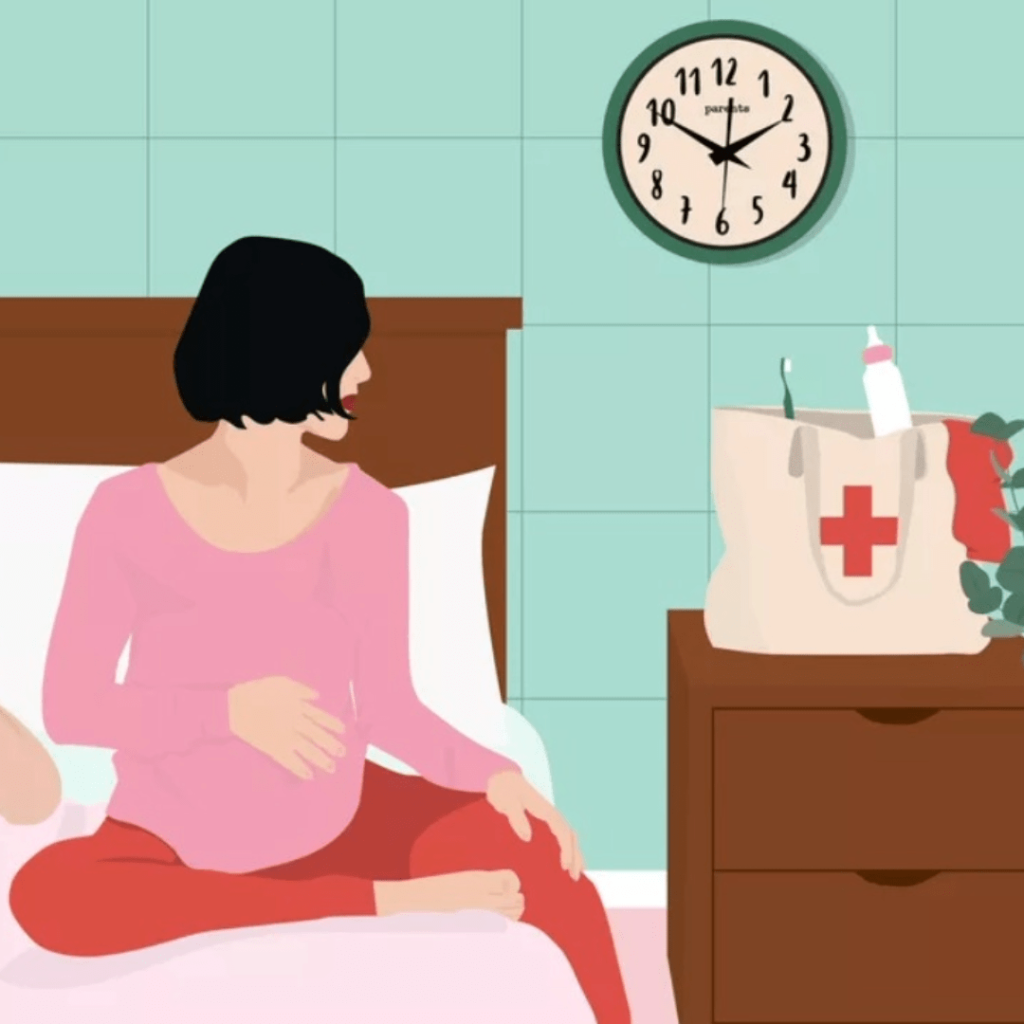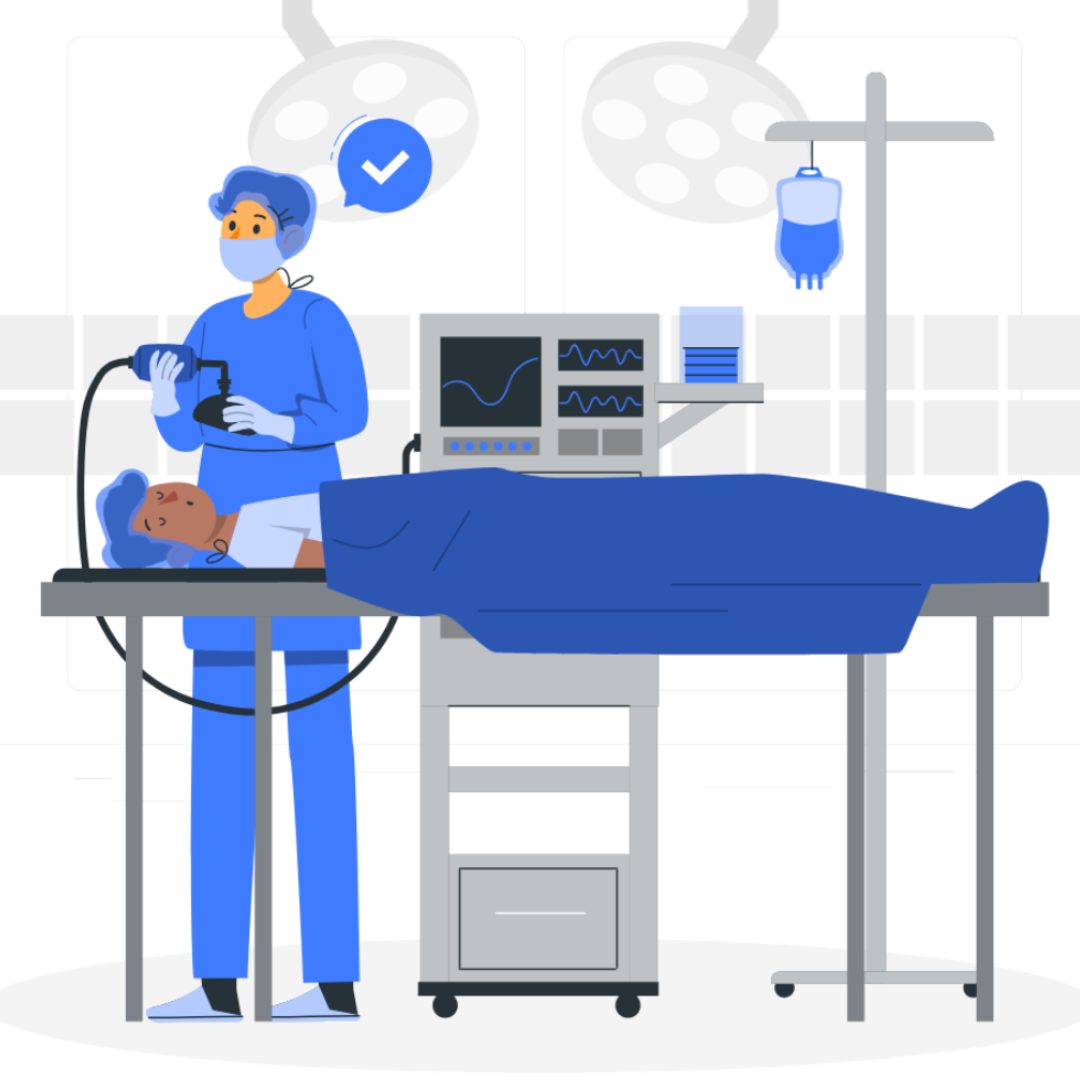Experience Birth Your Way
Patient Information Blogs Experience Birth Your Way (The Personalized Birthing Experience at Medicsi Hospital) 25/05/2024 Experience Birth Your Way (The Personalized Birthing Experience at Medicsi Hospital) 25/05/2024 At Medicsi Hospital, we understand that the birth of a child is one of life’s most extraordinary events. That’s why we are thrilled to introduce our Personalized Birthing Experience, an innovative service designed to make the arrival of your little one as unique and special as your family. This tailored approach to childbirth is the latest innovation in obstetrics, offering expectant mothers and families the opportunity to customize their birthing experience to fit their personal desires and comfort. What is a Personalized Birthing Experience? A personalized birthing experience allows you to have a significant role in planning and customizing how you bring your new baby into the world. This approach goes beyond the standard medical care; it encompasses aesthetic and emotional elements that transform this life-changing event into an even more memorable and intimate celebration. Benefits of a Personalized Birthing Experience The benefits of customizing your birthing experience are profound: Emotional ComfortBeing surrounded by a setting that is calm, familiar, and reflective of your personal tastes reduces stress and anxiety, making the birthing process smoother and more enjoyable. Husband InvolvementHaving your partner actively participate, such as being present in the delivery room to cut the umbilical cord, fosters a deeper bond between parents and the newborn. Memorable MomentsEnhancing the birthing room with elements like soft music, dim lighting, and scented candles creates a serene environment that makes the experience unforgettable. Customizing Your Birth at Medicsi Hospital At Medicsi Hospital, we offer various options to personalize your childbirth: Presence of the HusbandWe encourage the participation of your partner in the delivery room, including the cutting of the umbilical cord, to share this profound moment together. Ambiance ControlYou can choose dim lights, scented candles, and soft background music to create a soothing environment that feels more like home. Room Decoration ServicesAfter the birth, our team can decorate your room to celebrate the new arrival with style and warmth. Neonatal PhotographyCapture the first moments of your baby’s life with professional photography—a beautiful way to keep these cherished memories alive. Customized Resin PlatePreserve memories of this significant day with a customized resin plate that can include your baby’s picture, your family photo, a piece of the dried umbilical cord, the baby’s first hair, the name tag, a urine pregnancy strip, and personalized text. How to Plan Your Personalized Birthing Experience To start planning your personalized birthing experience at Medicsi Hospital, schedule a consultation with our Personalized Birthing Experience team. We’ll discuss all available options and help you design a birth plan that meets your wishes. From the moment you arrive at our facility to the joyous departure with your new baby, every step can be tailored to ensure your comfort and happiness. At Medicsi Hospital, we’re dedicated to making your childbirth experience as joyful and individual as the new life you’re about to welcome. Let us help you celebrate this monumental occasion your way, creating memories that will last a lifetime. Connect with us for a Personalized Birthing Experience! Dr. Zainab AliProject Director03315957580 At Medicsi Hospital, we understand that the birth of a child is one of life’s most extraordinary events. That’s why we are thrilled to introduce our Personalized Birthing Experience, an innovative service designed to make the arrival of your little one as unique and special as your family. This tailored approach to childbirth is the latest innovation in obstetrics, offering expectant mothers and families the opportunity to customize their birthing experience to fit their personal desires and comfort. What is a Personalized Birthing Experience? A personalized birthing experience allows you to have a significant role in planning and customizing how you bring your new baby into the world. This approach goes beyond the standard medical care; it encompasses aesthetic and emotional elements that transform this life-changing event into an even more memorable and intimate celebration. Benefits of a Personalized Birthing Experience The benefits of customizing your birthing experience are profound: Emotional ComfortBeing surrounded by a setting that is calm, familiar, and reflective of your personal tastes reduces stress and anxiety, making the birthing process smoother and more enjoyable. Husband InvolvementHaving your partner actively participate, such as being present in the delivery room to cut the umbilical cord, fosters a deeper bond between parents and the newborn. Memorable MomentsEnhancing the birthing room with elements like soft music, dim lighting, and scented candles creates a serene environment that makes the experience unforgettable. Customizing Your Birth at Medicsi Hospital At Medicsi Hospital, we offer various options to personalize your childbirth: Presence of the HusbandWe encourage the participation of your partner in the delivery room, including the cutting of the umbilical cord, to share this profound moment together. Ambiance ControlYou can choose dim lights, scented candles, and soft background music to create a soothing environment that feels more like home. Room Decoration ServicesAfter the birth, our team can decorate your room to celebrate the new arrival with style and warmth. Neonatal PhotographyCapture the first moments of your baby’s life with professional photography—a beautiful way to keep these cherished memories alive. Customized Resin PlatePreserve memories of this significant day with a customized resin plate that can include your baby’s picture, your family photo, a piece of the dried umbilical cord, the baby’s first hair, the name tag, a urine pregnancy strip, and personalized text. How to Plan Your Personalized Birthing Experience To start planning your personalized birthing experience at Medicsi Hospital, schedule a consultation with our Personalized Birthing Experience team. We’ll discuss all available options and help you design a birth plan that meets your wishes. From the moment you arrive at our facility to the joyous departure with your new baby, every step can be tailored to ensure your comfort and happiness. At Medicsi Hospital, we’re dedicated to making your childbirth experience as joyful and individual as the new life you’re
Experience Birth Your Way Read More »















